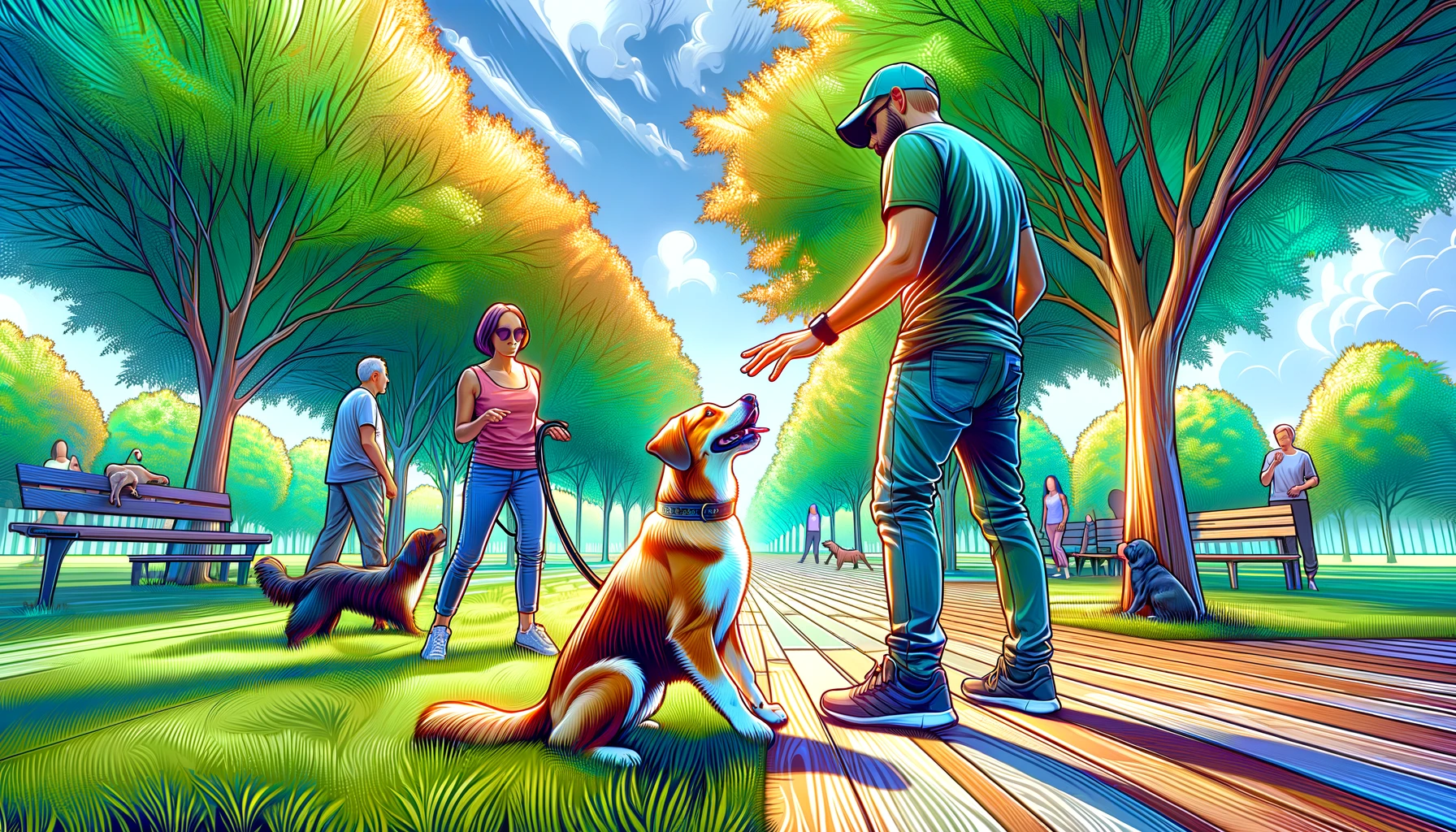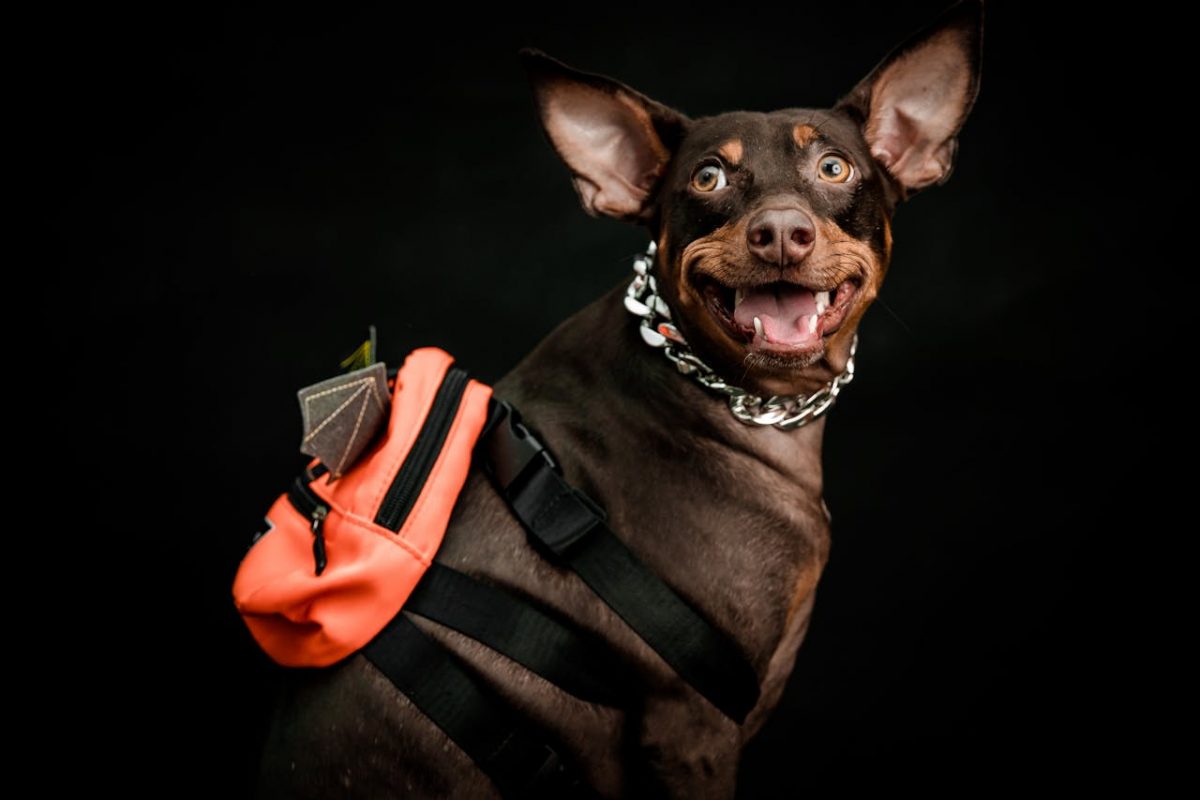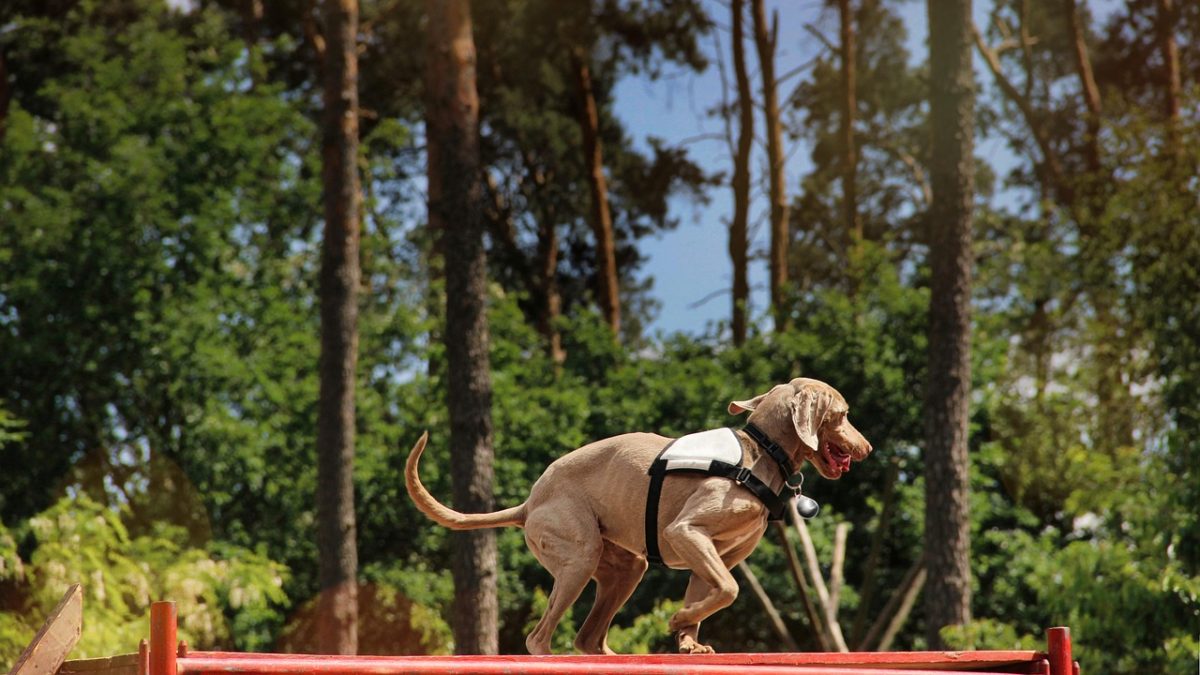Training your dog to greet visitors politely is an essential part of pet ownership that contributes to a harmonious home environment and promotes positive interactions between your dog and others. Dogs naturally express their excitement and curiosity through jumping and barking, which can be overwhelming or intimidating for guests. This comprehensive guide will cover effective strategies to reduce these behaviors, ensuring your dog can welcome visitors with calmness and respect.
Understanding the Behavior
Before addressing jumping and barking, it’s important to understand why dogs exhibit these behaviors. Jumping is often a dog’s way of seeking attention and greeting people face to face, as they would in their canine social structures. Barking, on the other hand, can be a form of greeting, alerting, or expressing excitement or anxiety. Recognizing the motivation behind these actions is the first step in modifying them.
Establishing Basic Obedience
The foundation of polite greetings is basic obedience training. Ensuring your dog has a strong grasp of commands like “sit,” “stay,” and “come” is crucial. These commands help manage your dog’s behavior when visitors arrive and provide a framework for teaching more specific greeting behaviors.
- Sit-Stay Command: Train your dog to sit and stay when the doorbell rings or someone knocks on the door. This command redirects their focus and energy away from the immediate impulse to jump or bark.
- Calm Reinforcement: Reward your dog for calm behavior with treats, praise, or petting. This reinforcement encourages them to repeat the behavior in the future.
Managing Excitement
High levels of excitement contribute to jumping and barking. Managing your dog’s excitement requires patience and consistency.
- Controlled Greetings: Gradually introduce your dog to new people in a controlled setting. Start with the visitor ignoring the dog upon entry, allowing the dog to settle down. Once calm, the visitor can gently greet the dog.
- Exercise: Ensure your dog gets adequate physical and mental exercise daily. A well-exercised dog is less likely to exhibit overly excited behavior due to pent-up energy.
Positive Reinforcement
Using positive reinforcement is key to encouraging polite greetings. Reward your dog for calm and quiet behavior around visitors with treats, praise, or toys.
- Ignore Unwanted Behavior: Ignore your dog when they jump up or bark for attention. Only give attention and rewards when they are calm and have all four paws on the ground.
- Consistency: All family members and regular visitors should follow the same guidelines for interacting with your dog. Consistency across all interactions reinforces the desired behavior.
Desensitization and Counterconditioning
Desensitization involves gradually exposing your dog to the stimulus (in this case, visitors) without eliciting the unwanted behavior. Counterconditioning involves changing your dog’s emotional response to visitors from excitement to calmness.
- Practice with Familiar Faces: Start with people your dog already knows and is less likely to react strongly towards. Have them approach the house multiple times, rewarding calm behavior each time.
- Increase Difficulty Gradually: As your dog becomes more comfortable and consistent with familiar faces, introduce new people into the training sessions, always prioritizing positive reinforcement for calm behavior.
Long-Term Strategies
Maintaining polite greeting behaviors is an ongoing process that requires consistency and adaptation as your dog matures and encounters new situations.
- Socialization: Continuously expose your dog to a variety of people, places, and situations to improve their social skills and reduce overexcitement or fear around new visitors.
- Ongoing Training: Reinforce training regularly, even after your dog has mastered polite greetings, to ensure the behavior remains consistent over time.
- Professional Help: If your dog shows signs of aggression or extreme anxiety around visitors, consult a professional dog trainer or behaviorist for personalized guidance.
Training your dog to greet visitors politely enhances the quality of life for you, your dog, and your guests. Through understanding, basic obedience, managing excitement, positive reinforcement, desensitization, and long-term strategies, you can reduce jumping and barking behaviors effectively. Remember, patience, consistency, and positive reinforcement are your best tools in this rewarding journey.



